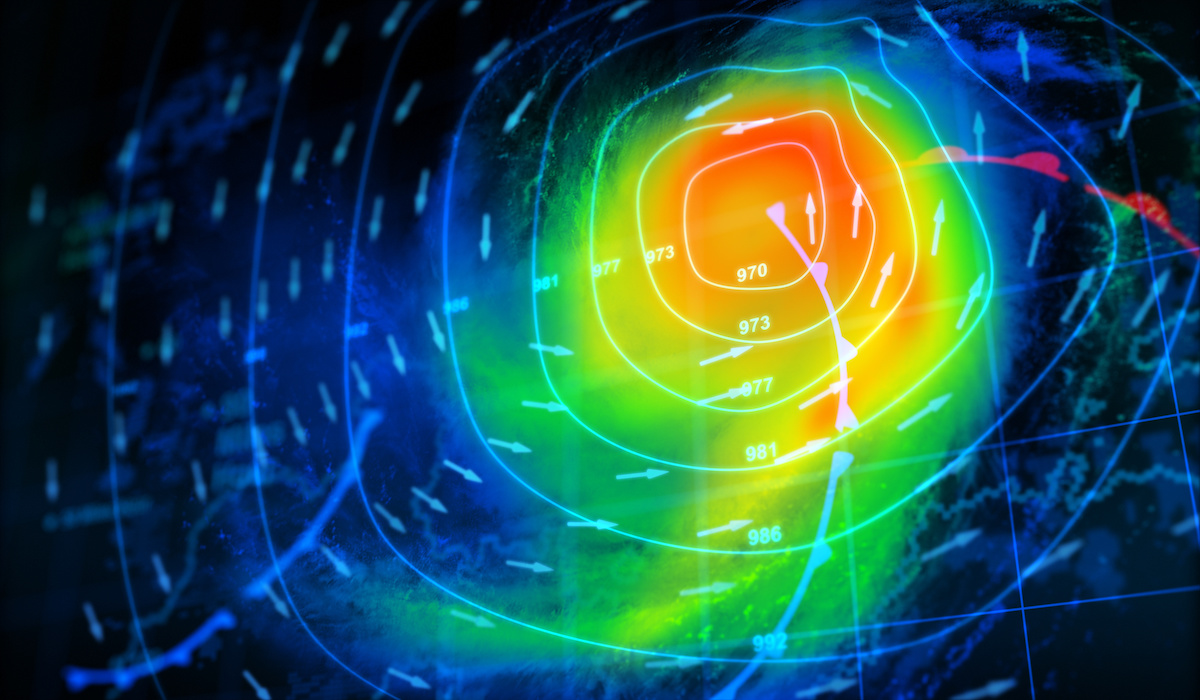As the summer approaches, it’s tradition for Texans to start gearing up for the annual hurricane season which runs from June through November. While the peak months are typically August and September, residents must stay vigilant during this period. However, there’s good news: experts predict the 2023 hurricane season will be milder than in previous years. In this article, we’ll discuss the predictions for the 2023 hurricane season and provide tips for Texans to stay safe during any storms that may hit.
Current Climate and Predicted Weather Patterns
Meteorologists at Colorado State University (CSU) have recently released their predictions for the 2023 hurricane season, which starts on June 1st and runs through November 30th. According to CSU, the season is forecasted to be a slightly below-average season with 13 named storms, six hurricanes, and two major hurricanes. The predicted low activity in the upcoming hurricane season is in line with the expected transition from a La Niña to an El Niño cycle, which means the season is more likely to be relatively calm.
Could a Major Hurricane Hit Texas in 2023?
While the 2023 hurricane season is predicted to be milder, it’s still important for Texans to remain vigilant and prepared for the possibility of a significant storm hitting their area. The warm sea surface temperatures in the eastern and central Atlantic create the potential for a more active season if El Niño doesn’t fully develop. The CSU team emphasizes that coastal residents should prepare the same way every season, as it only takes one hurricane to make it an active season for them. It’s important to stay informed and have a plan to protect against potential storm damage.
Previous Storms Give Insight Into the Future
Texas has been hit hard by major hurricanes in the past, with 66 major hurricanes recorded in the state since 1851, making it the second-most hurricane-prone state after Florida. The most catastrophic was the Great Galveston Hurricane in 1900, which killed over 8,000 people and destroyed thousands of homes.
Meteorologists use models that consider factors such as sea surface temperatures, El Niño, sea level pressures, and wind shear levels to predict the likelihood of hurricanes in a given year. CSU predicts that the 2023 hurricane season will be about 80% of the average season from 1991 to 2020, with similar characteristics to previous years, including 1969, 2002, 2004, 2006, 2009, 2012, 2014, and 2015.
While the forecast predicts a slightly below-average season, there is still a potential for a busy hurricane season if a robust El Niño doesn’t develop, especially with the eastern and central Atlantic sea surface temperatures being much warmer than usual.
How to Be Prepared for a Storm
Preparing for a potential major storm in Texas is essential. First, ensure that your property is insured against hurricanes, even if it’s not required by law. FEMA recommends preparing to evacuate by having a “go bag” and a secure place to stay. Protecting your home by reinforcing walls, doors, roof, and windows is also crucial. Sign up for local alerts and warnings, protect important documents, and have emergency contacts. If your local authority advises evacuation, follow their instructions and leave immediately. Also, remember to stay away from the area until the authorities clear it as safe, call 911 in case of danger, and use caution in high winds. Check out our knowledge center for a more in-depth guide into hurricane preparation tips.
Resources for Tracking Storms and Staying Informed About the Risk of Hurricanes in Texas
Staying informed is crucial when it comes to hurricanes. Here are some resources that can help you keep track of storms and stay up-to-date on the latest news and developments:
- National Hurricane Center (NHC): The NHC is the go-to source for hurricane-related events. They provide updates on current storms, as well as forecasts and advisories.
- Ready.gov: This website offers a comprehensive guide to preparing for hurricanes and other natural disasters. They also provide updates on current storms and have links to other helpful resources.
- Local news sources: During hurricane season, your local news stations will likely have regular updates on the latest storm activity, evacuation orders, or other alerts.
- Lastly, don’t forget to check out the Texas Hurricane Center and the Texas General Land Office Resource on Hurricane Preparedness.
Stay Safe and Prepared in 2023
At Energy Texas, we want our customers to have the resources to stay safe and prepared during the 2023 hurricane season. Remember to take advantage of the various tools available to track storms and stay informed about the risk of hurricanes in Texas.
Although the 2023 hurricane season is predicted to bring fewer storms, it’s still crucial for Texas residents to prepare and protect themselves against potential damage from a major storm. By staying informed and taking proactive measures, we can all work together to mitigate the impact of hurricanes in our communities.
